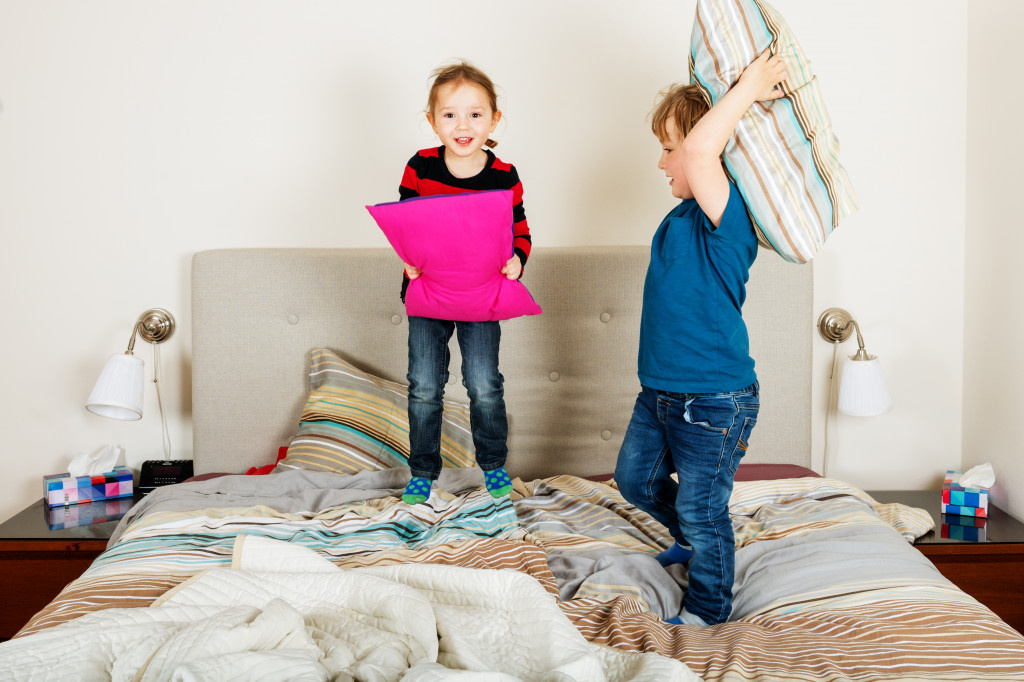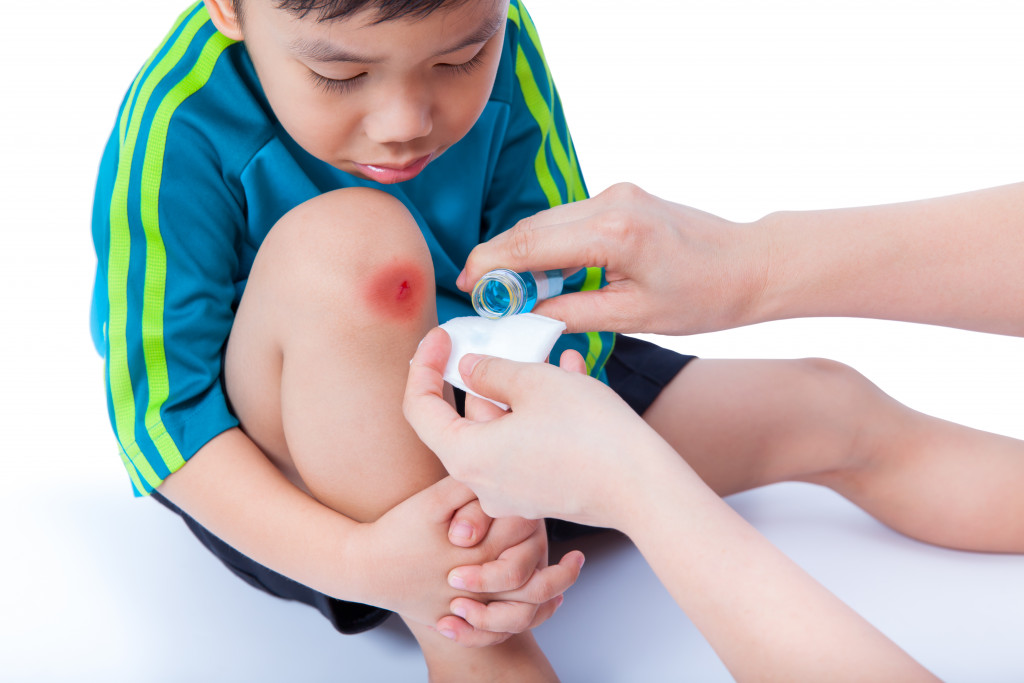Most children have a lot of energy. And like most adults, they need an outlet for that energy. Unfortunately, it’s not always that children have the opportunity to play outside. For various reasons — safety, lack of space, or simply because their parents don’t have time — these kids are stuck playing inside the house all day long.
But just because your kids are playing inside doesn’t mean they can’t stay active. In fact, there are plenty of sports that can be played indoors. The key is finding the right activities fit for your child and home and knowing what to expect regarding noise level, equipment needs, safety, and other concerns.
Here are some common challenges when children play sports indoors and how you can address them:
Limited space in the home
No matter how big or small your home is, there are bound to be some issues with space when playing any sport. Simply running around can be a challenge, let alone trying to hit a ball or use large equipment. Especially if a child is interested in a sport that requires significant space, like basketball or gymnastics, parents will need to be creative and come up with ways to safely make do with the space they have.
For example, in a small home, parents might consider getting a mini basketball hoop that can be placed over a doorway. In terms of gymnastics, special mats can be rolled out and placed on any flat surface, giving your child a safe place to practice their flips and tumbles. For any sport, it’s necessary to think of a floor plan where the child can at least run without obstacles. Even if your home doesn’t have a lot of square footage, there are still options for letting your kids play the sports they love.
Possibility of breaking or damaging things around the house
Whatever physical activity children do, there will inevitably be some wear and tear in the home. Whether a small dent in the drywall from a wild pitch or a completely broken window, some damage is bound to happen when kids play sports inside.
One way to avoid serious accidents is to ensure all equipment is stored correctly when not in use. This means putting away any balls, bats, rackets, or other gear in a safe place where it can’t fall and break something. Additionally, try to clear out any potential obstacles from the playing area, so there’s nothing for children to trip over.
It’s also important to be proactive about accidents and have a plan for them. This might mean keeping a first-aid kit on hand or knowing how to patch up any holes in the wall quickly. In addition, it’s best to save the contact of your local drywall repair services in case of more serious repairs. By being prepared, parents can minimize the damage and stress of accidents.
Possibility of injuries while playing sports at home
Children can get a bit rough when they are having fun, and sometimes they can get hurt from tripping or running into things. When playing sports at home, there is always the potential for children to get injured. Because of this, being prepared is the most effective way to address the possibility of injuries while playing sports at home.
Of course, the first thing you should have is a first-aid kit. This will help with minor cuts and scrapes. If a more serious injury does occur, it’s important to know how to properly care for it and when to seek professional medical attention.
Additionally, try to create a safe playing environment for your children. This means getting rid of any potential hazards in the area, like loose cords or sharp objects. And if your children are playing with any type of equipment, make sure it is the appropriate size for them and in good condition. By taking these precautions, you can help prevent injuries from happening in the first place.
More noise and activity in the home
If you are a stay-at-home parent or adult guardian, be prepared for more noise and activity in your home when kids are playing sports. This is especially true if your child is playing a team sport, as more people will likely be involved. And even if it’s only one or two children playing, it can still be a bit louder than usual.
To help prepare for the extra noise and activity, try to create a designated space and time for the children to play. This way, they will know where and when they can make noise without disturbing the rest of the household. Additionally, consider installing soundproofing foam boards in the designated area to help muffle the noise.
Sports activities are important for children but can present some challenges for parents. By being prepared and knowing how to address these challenges, you can help ensure your child can safely and enjoyably play their favorite sport at home.


